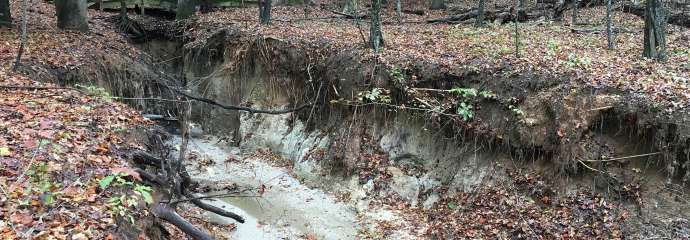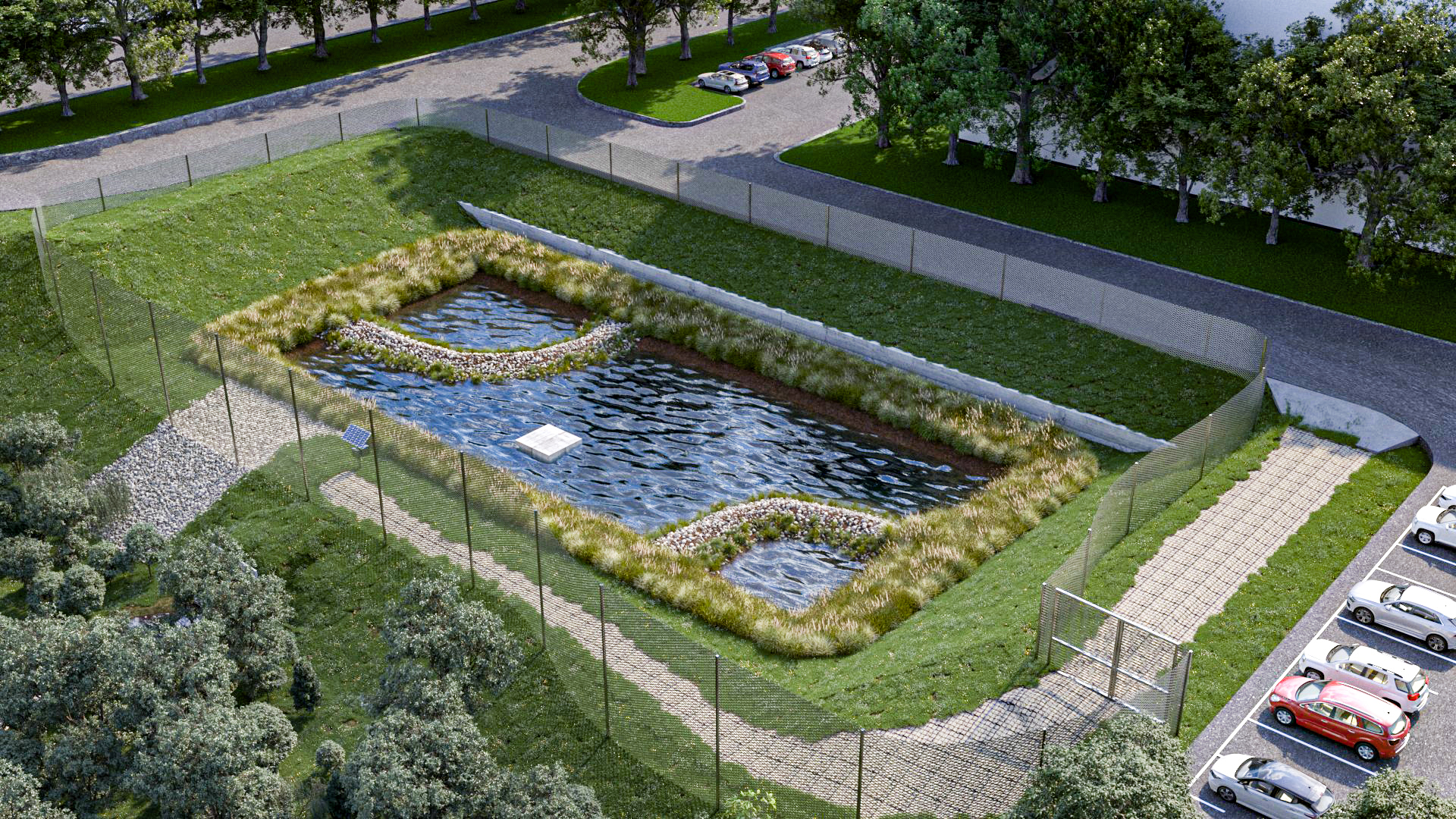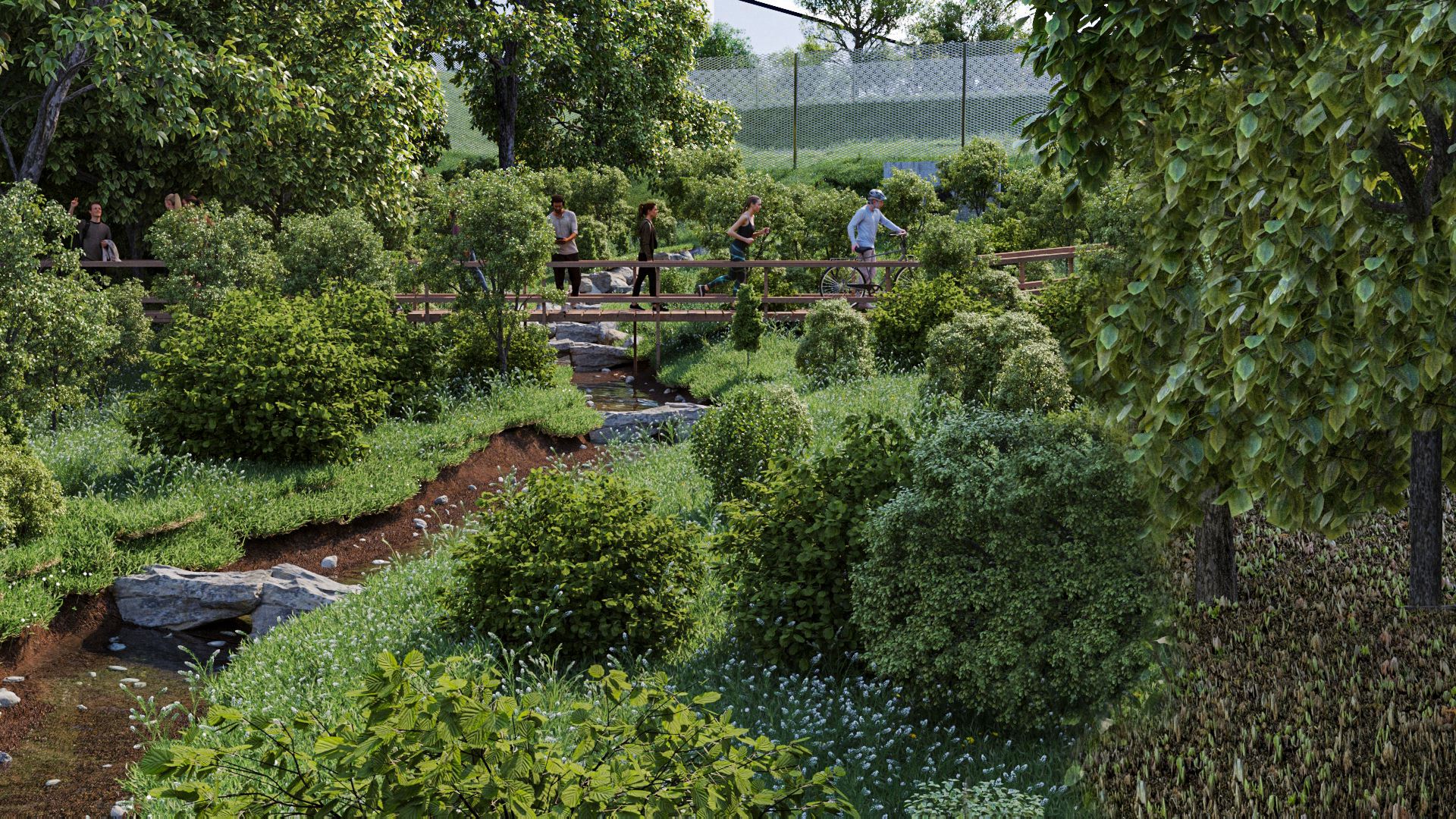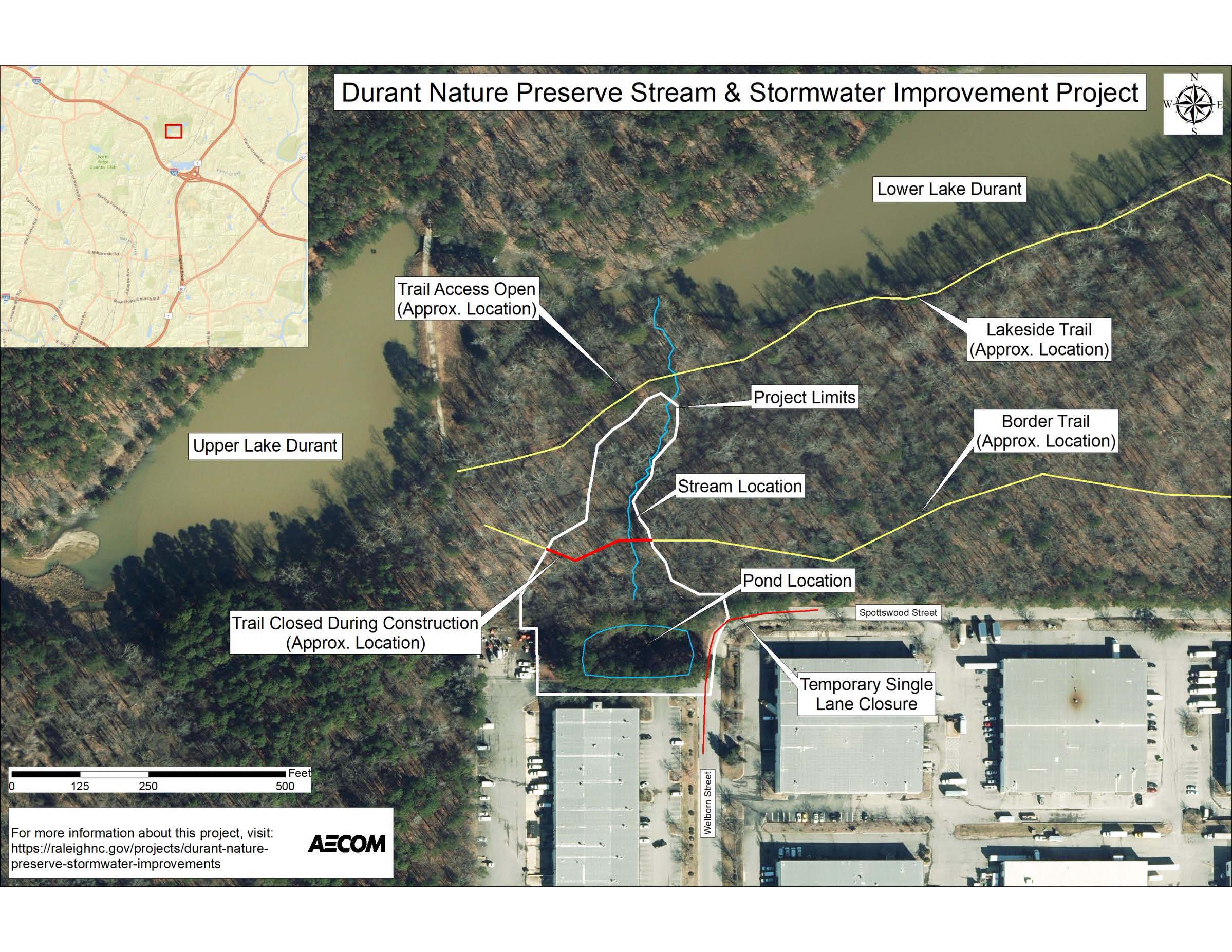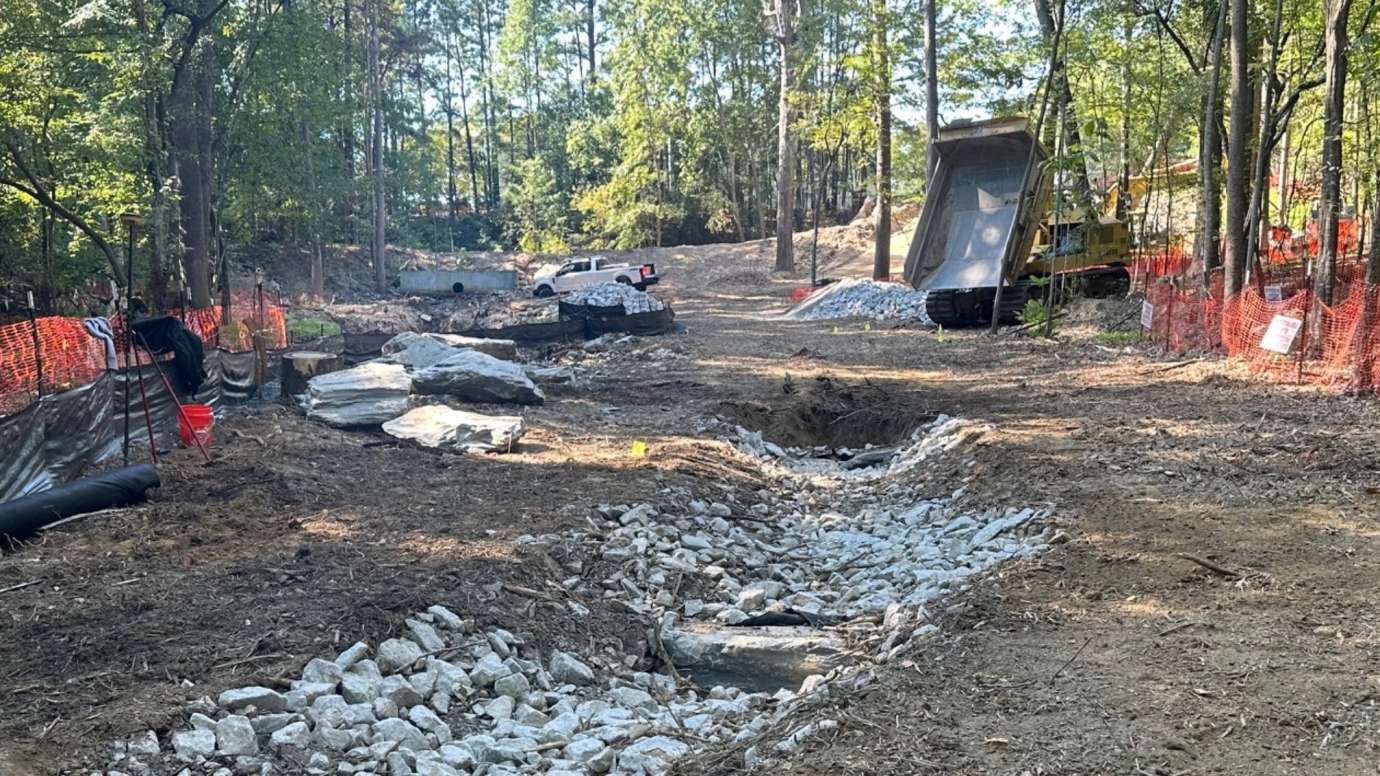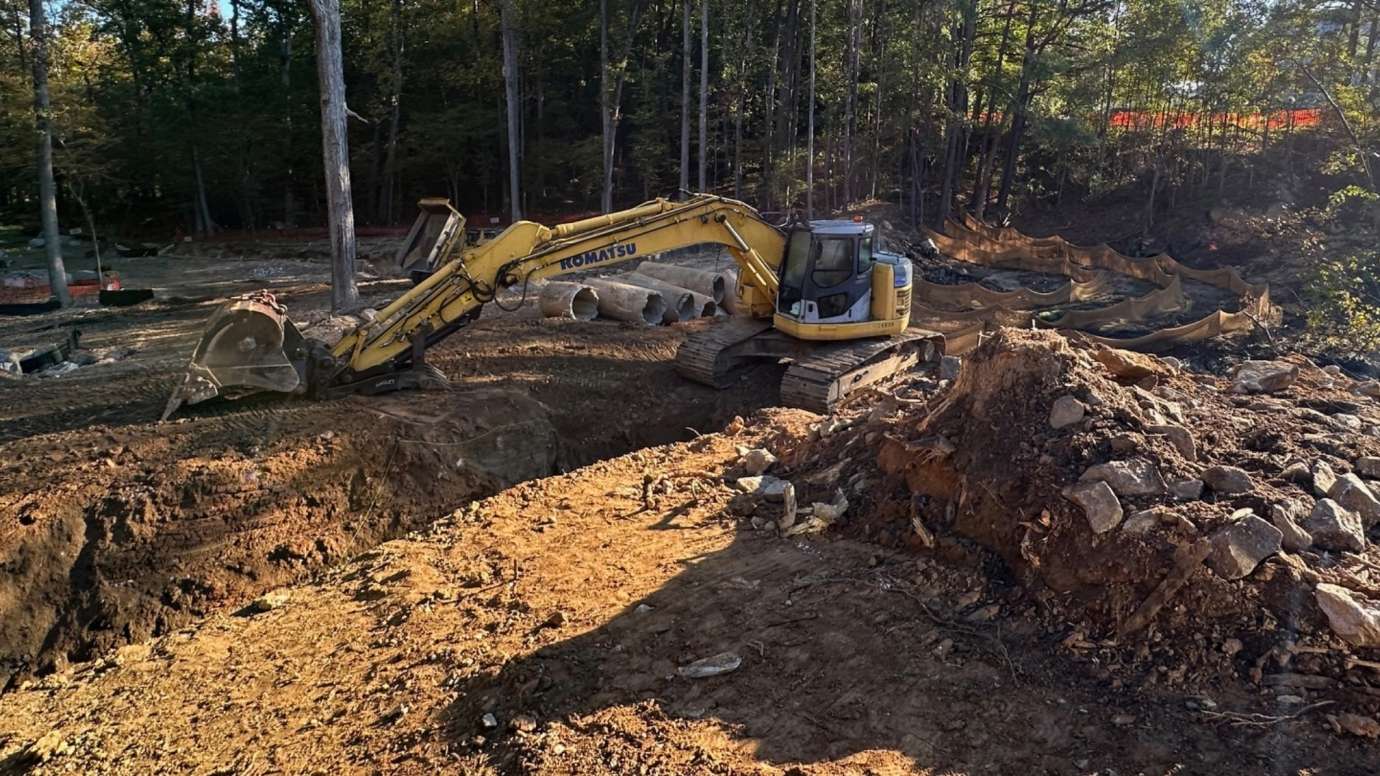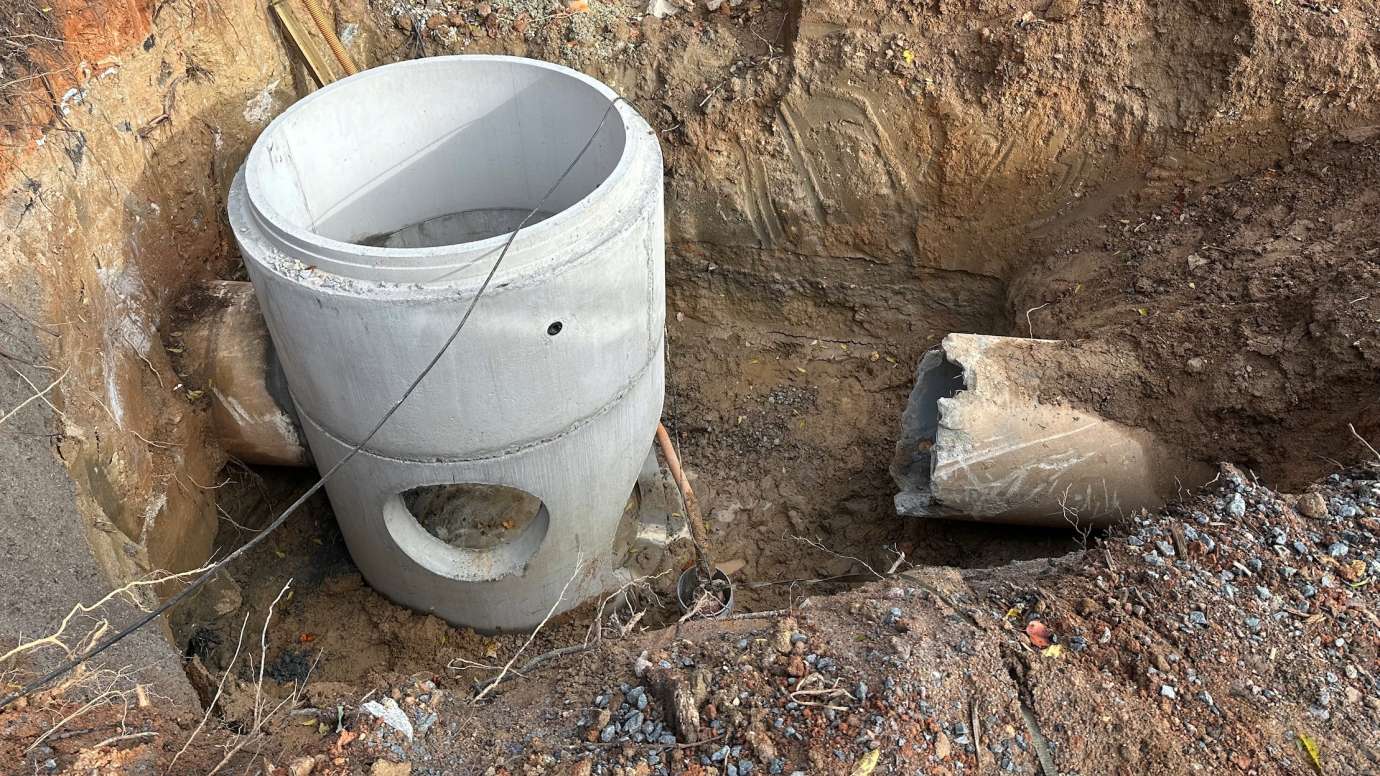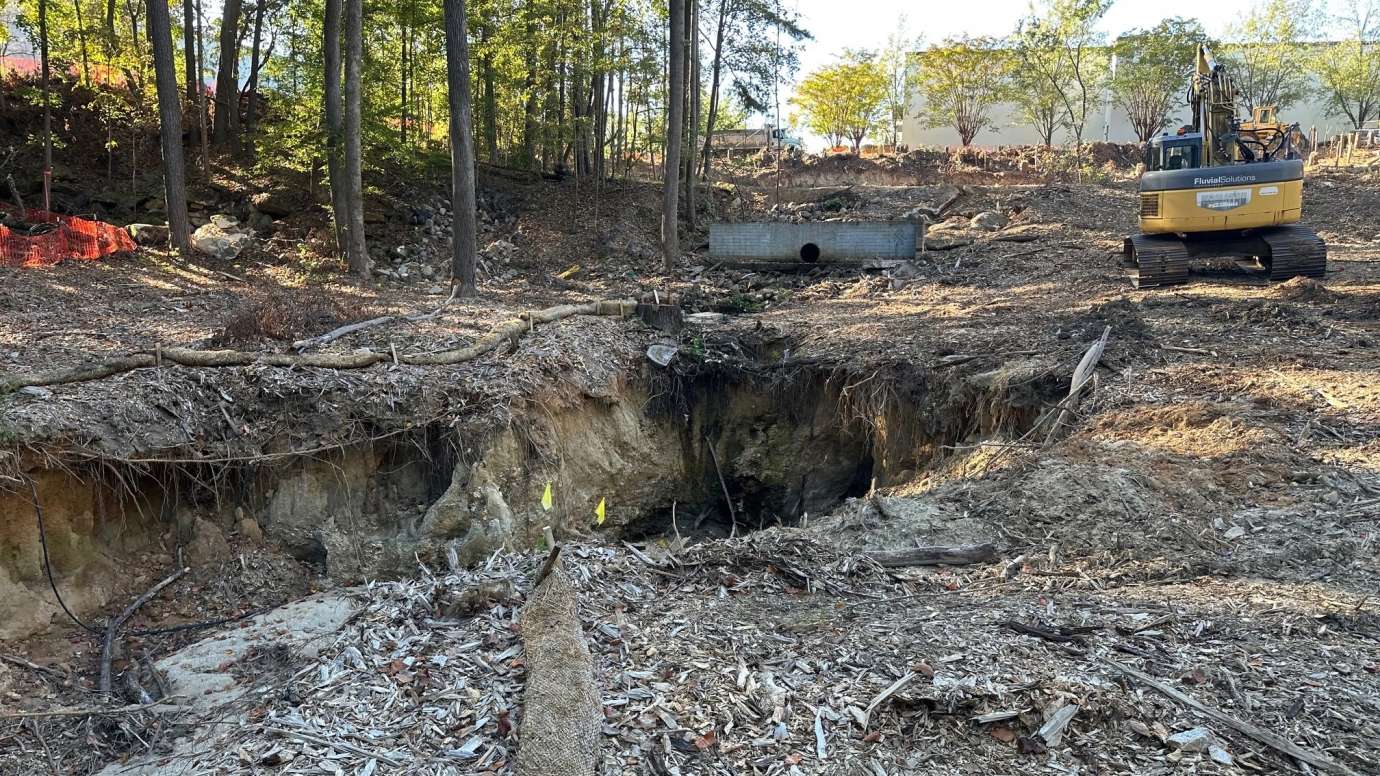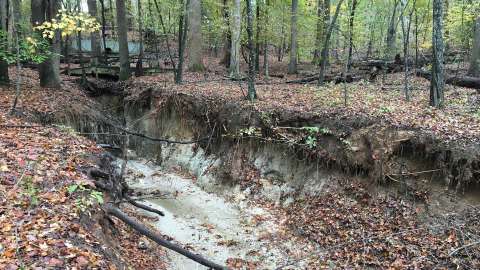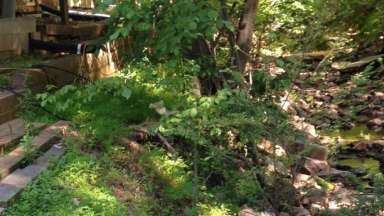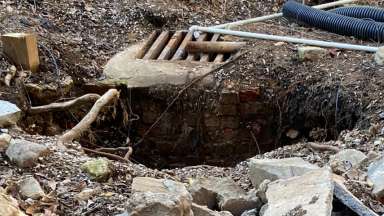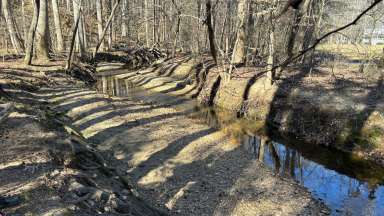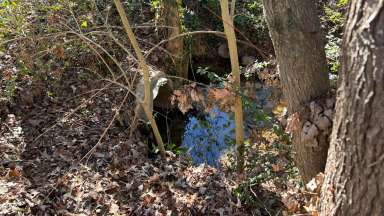The City is restoring an existing stormwater pond, or detention pond, and small stream channel located directly below at Durant Nature Preserve. Future construction of the project will be partially funded by NCDEQ’s Water Resources Development Grant (WRDG) Program.
Project Details
- Type:
-
Stormwater
- Budget:
-
$508,441 (Feasibility Study, Conceptual Design, Detailed Design, and Permitting)
- Project Lead:
-
Stormwater Management
- Contractors:
-
AECOM (Study/Design)
